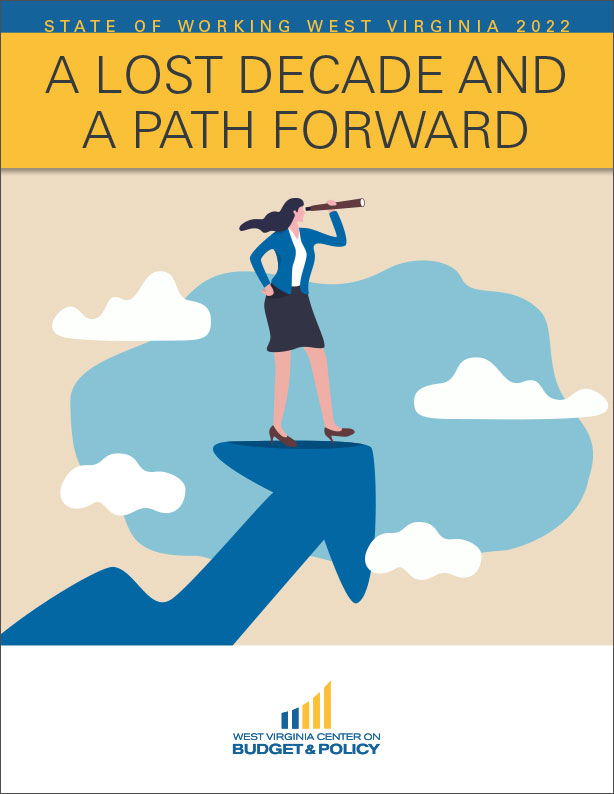Heading into the COVID-19 pandemic, West Virginia was already facing an economic crisis. The natural gas boom had fizzled, and in the months leading up to the pandemic, the Mountain State was steadily losing jobs and experiencing weak income and GDP growth. In 2019, West Virginia’s unemployment rate was 4.9 percent, the fourth highest rate in the country and 1.2 percentage points higher than the national average. Those West Virginians who were working found themselves earning some of the lowest wages in the country, with the fourth lowest median wage nationwide, $2.28/hour lower than the national average.
Read the full report.
But these circumstances were more than just a temporary slump. Prior to the pandemic, West Virginia experienced a lost decade, with essentially no economic growth from 2009 to 2019. This happened despite years of so-called business friendly policies like tax cuts, right to work, repeal of the prevailing wage, and cuts to state spending that were promised to unleash growth and move West Virginia forward. Instead, working class West Virginians were left behind as the tax system became more unfair, public services were neglected, and the promised growth never materialized.
This report, the 15th edition of the State of Working West Virginia, looks back at the past decade, examining the most prominent policies that were enacted to promote growth, their uniform failures and consequences, and the need to avoid repeating past mistakes as the state emerges from the pandemic and recession.
